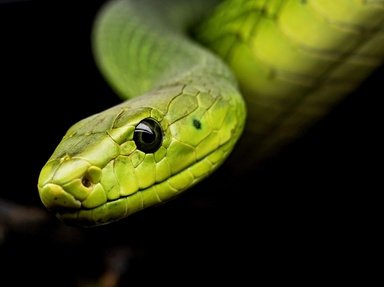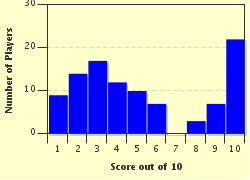Quiz Answer Key and Fun Facts
1. Occasionally incorrectly refered to as "black albinos"- what genetic mutation commonly found in corn snakes causes a complete lack of erythrin?
2. Genetically speaking, an "amel", a "candy cane", a "reverse Okeetee" and a "sunglow" are all the same.
3. A genetic fault occasionally "rears its head" among corn snake keepers collections. It causes the snake to have uncontrollable motions when it lifts its head, is stressed, or is placed on its back. It appears to be a neurological genetic fault originally linked to the sunkissed color trait. What is the name of this fault?
4. A normal, Carolina, classic, Okeetee, Miami, and Alabama are all different morphs of corn snake.
5. I want to make my own pretty little corn snakes! What would happen if I bred my beautiful SNOW to this amazing HYPO?
6. What morph is described as a two-toned yellow snake with red eyes, two dorsal and two finer lateral stripes?
7. What is the difference between a FIRE corn snake and an ALBINO corn snake?
8. In 2008, a never-before-seen color of corn snake was captured in the wild of South Carolina. This unusual animal was solid white except for brilliant patches of colorful specs. Proven to be a recessive genetic mutation, the animal was given the trade name of:
9. Almost all genetic mutations are recessive to normal (wild-type corns). However, a few mutations have been proven to be dominant! Which of these are DOMINANT over wild-type?
10. A Creamsicle is a corn snake morph.
Source: Author
care2adopt
This quiz was reviewed by FunTrivia editor
Tizzabelle before going online.
Any errors found in FunTrivia content are routinely corrected through our feedback system.


